10 Signs It’s Time to Replace Your Roof
Most of us don’t think about our roof until something goes wrong, but that can be a pricey mistake. Your roof is your home’s first line of defense, and when it starts to fail, it can lead to leaks, higher energy bills, or even structural damage. The tricky part? A lot of the warning signs aren’t always obvious—until it’s too late.
If you’re wondering whether your roof is still pulling its weight, it’s time to take a closer look. Spotting the signs early can save you from costly repairs and the stress of dealing with water damage or worse. Here’s what you need to know to keep your home safe and sound.
Cracks in Chimney Flashing

The flashing around your chimney, vents, and skylights is like the armor for those vulnerable spots on your roof. Over time, cement or tar flashing can crack and erode, leaving gaps where water can sneak in. Metal flashing holds up better but isn’t invincible—it can still develop rust or separate from the surrounding materials.
Light Coming Through the Roof
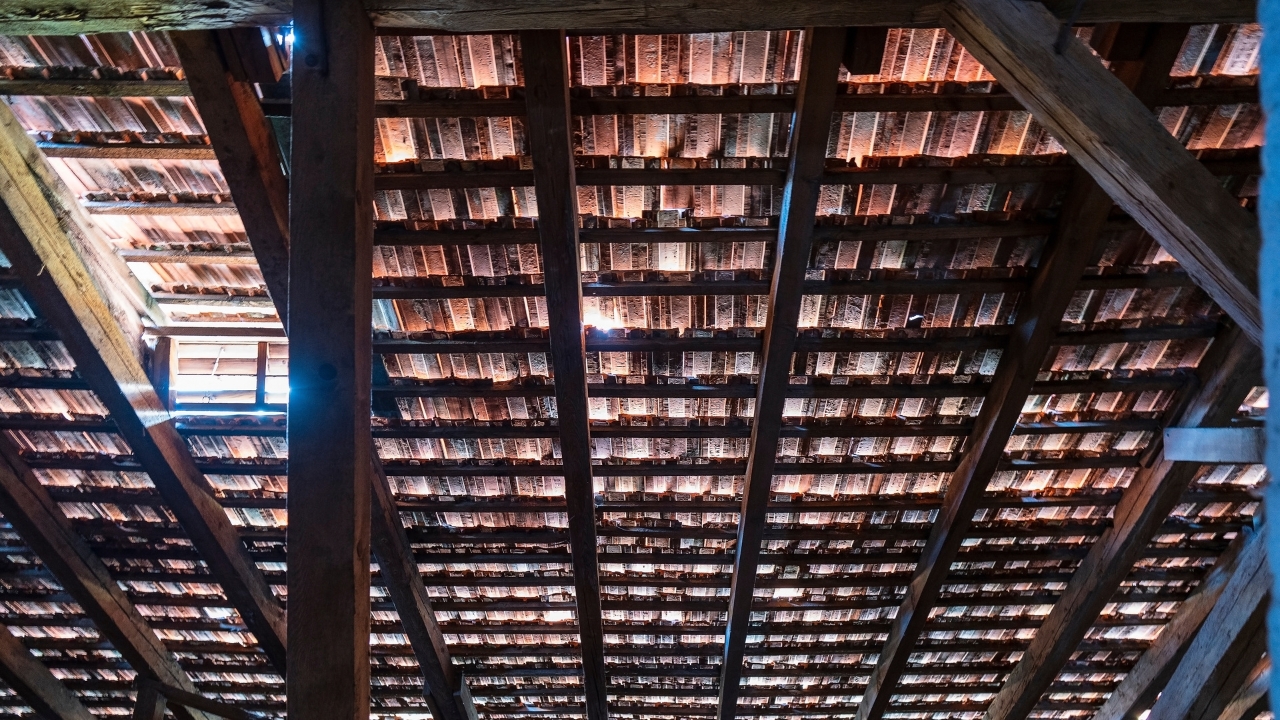
If you’re debating whether your roof needs attention, head up to the attic and take a peek. If you can see daylight streaming through the roof boards, it’s a clear signal that something’s not right. Those little rays of light mean there are gaps in your roof where water can get in.
Even small leaks can cause big headaches, from damaging insulation to encouraging mold growth.
Moss and Sagging Rooflines

A roof covered in moss might look charming, but it’s actually a sign of trouble. Moss, mold, and fungi love moisture, so if they’re showing up, it means your roof is holding onto water. Left unchecked, that moisture can rot your roof’s structure and lead to sagging or even collapse.
Take a close look at your roofline. A sagging roof often means the underlying boards are starting to give out.
Missing Structural Supports
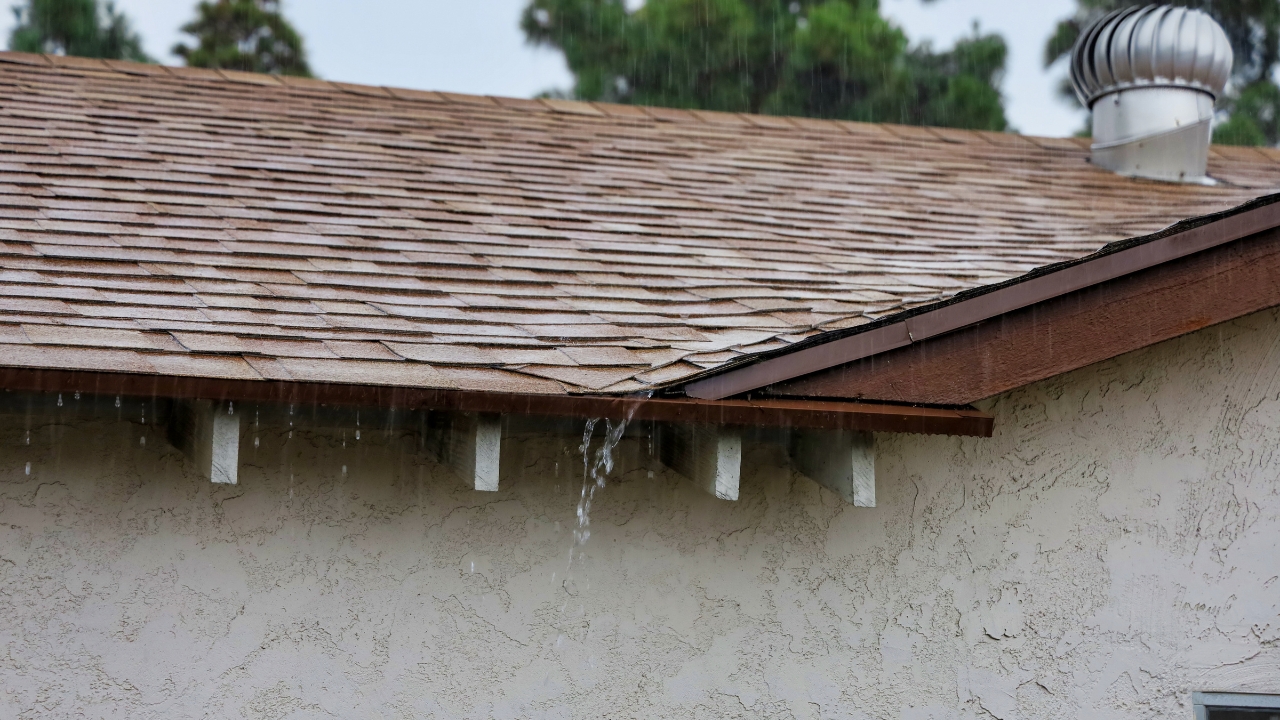
Things like gutter guards, fascia, and flashing might seem like minor parts of your roof, but they play a big role in keeping everything sturdy and functional. If any of these are missing, cracked, or rusting, your roof’s structural integrity is at risk.
Sky-High Cooling Bills

If your cooling costs have been climbing, your roof might be part of the problem. Here in Texas, where the sun feels relentless, a good roof does more than just keep the rain out—it helps keep the cool air in. Older roofs or those with leaks can let air escape, forcing your AC to work overtime.
The color and material of your roof also matter. Lighter-colored shingles or reflective metal roofs can bounce back sunlight, reducing heat absorption. Upgrading your roof or even adding solar panels can help lower those monthly energy bills while keeping your home comfortable year-round.
Your Roof’s Age
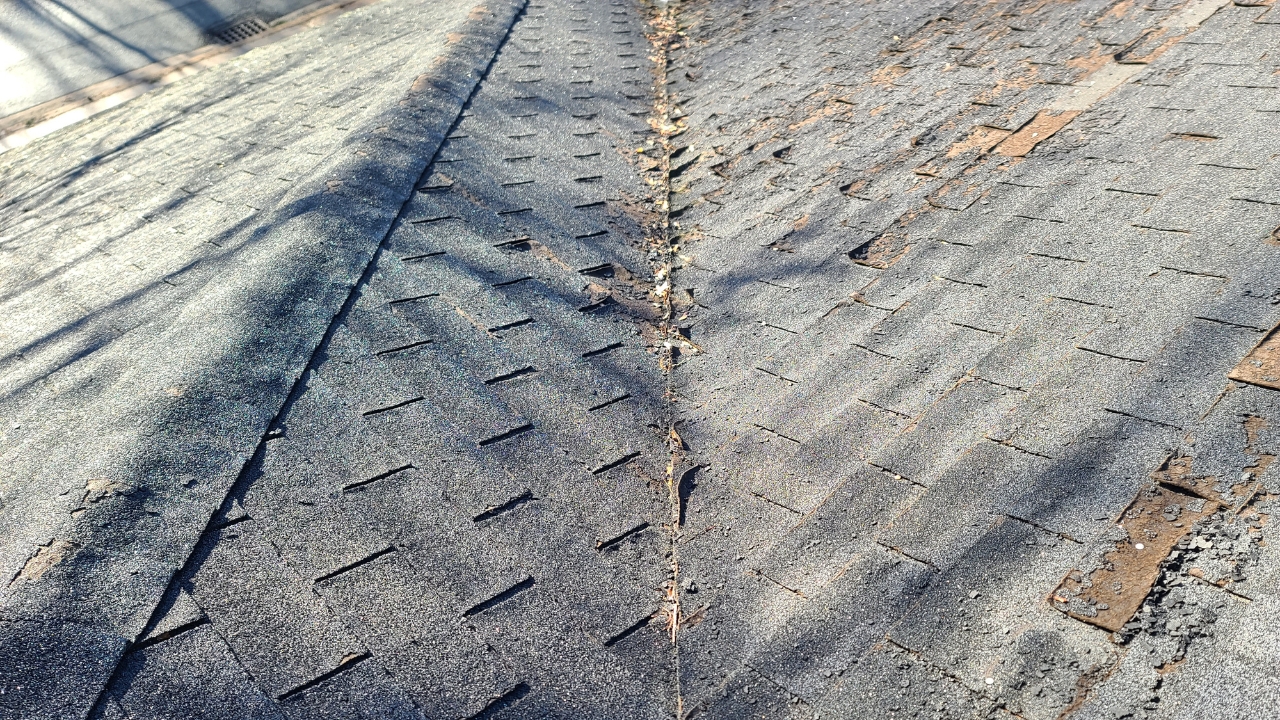
If your roof has been around for 20 years or more, it might be nearing the end of its life. Age is one of the easiest ways to figure out if a roof needs replacing, but factors like material, weather, and upkeep also play a role. Even with regular maintenance, roofing materials eventually wear out, and waiting too long to replace them can lead to leaks and costly repairs.
Insurance companies also care about roof age. Some won’t cover roofs older than 15 or 20 years, especially if they have multiple layers of shingles. If you aren’t sure how old your roof is, check your local building permits or ask the previous homeowner.
Curling and Buckling Shingles
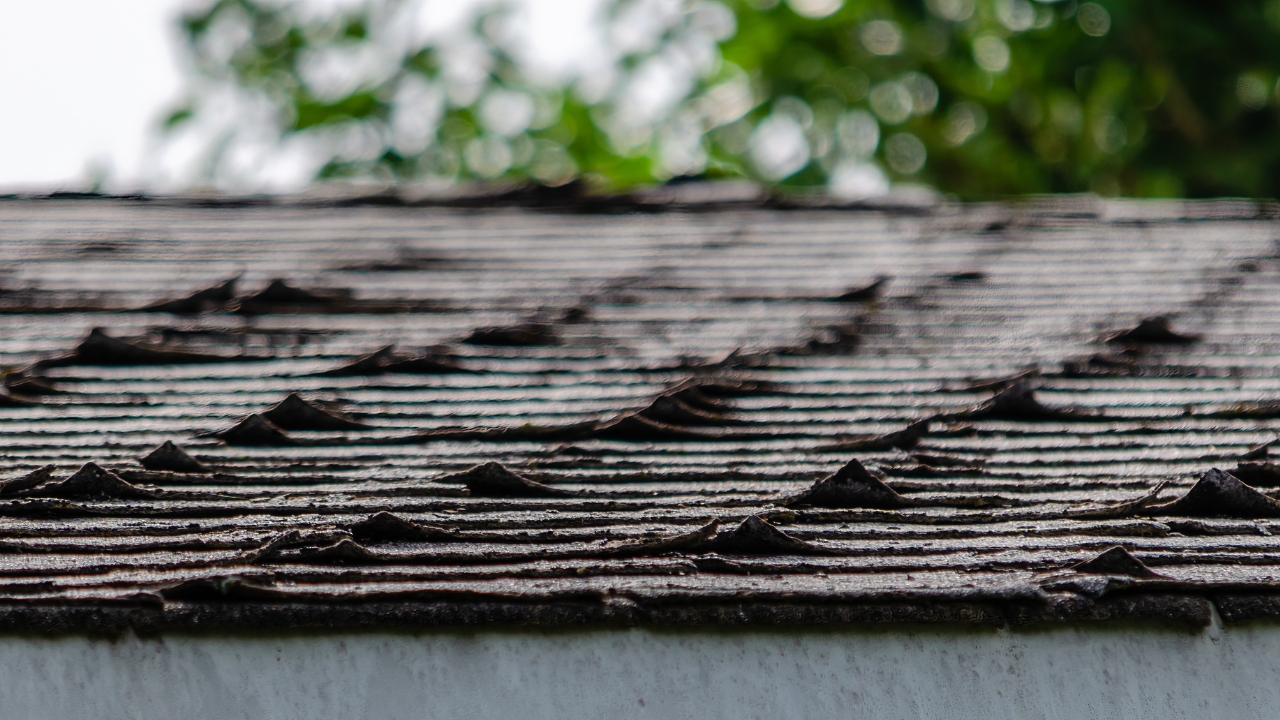
Shingles are supposed to lay flat, but if they’re curling or buckling, your roof is waving a red flag. This kind of wear usually happens when shingles get old, are exposed to harsh weather, or weren’t installed properly. Buckled shingles can leave your roof exposed to water and wind damage, making it less effective at protecting your home.
Another thing to look for is granules in your gutters. If you’re finding a lot of these gritty particles, it means your shingles are wearing down. This is often a sign your roof is past its prime and might need a full replacement soon.
Rusted Roof Valleys

Roof valleys, the V-shaped channels where two roof slopes meet, play a crucial role in directing water and snow off your roof. When these valleys start to rust, it’s a sign that water is sitting where it shouldn’t be. Over time, rust can weaken the metal and lead to leaks that damage your home’s interior.
Rusted valleys can’t handle the wear and tear of heavy rains or melting snow, so it’s important to address them quickly.
Missing Shingles or Tiles
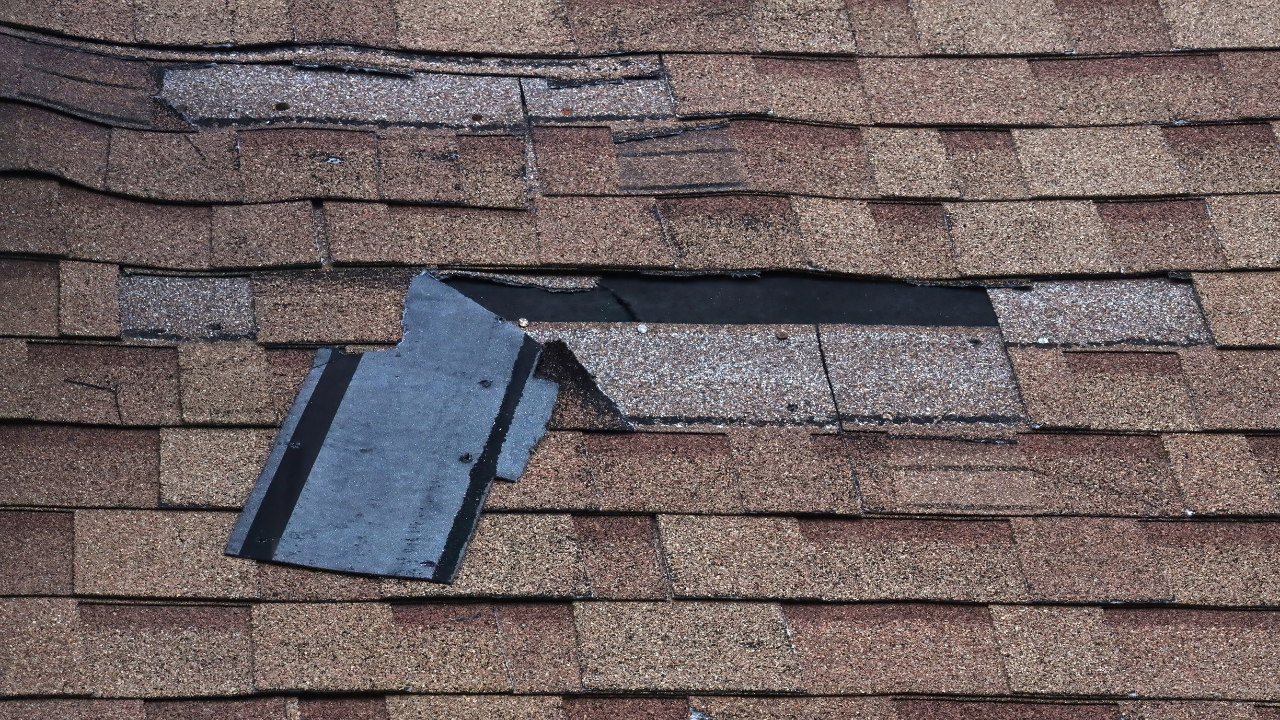
Missing shingles or tiles might seem like a minor issue, but they’re actually a sign that your roof is struggling to hold up. Without those protective pieces, water can seep into the exposed areas, leading to leaks, mold, and structural damage. Strong winds and storms often knock shingles loose, but frequent losses could mean your roof is nearing the end of its lifespan.
When Repairs Stop Making Sense

You’ve been responsible, getting those roof inspections done regularly—props to you for staying on top of it. But sometimes, the bad news hits: the roof is just too far gone. Maybe your contractor found issues that go beyond a quick patch-up, like widespread damage or materials breaking down everywhere.
At that point, pouring money into repairs is like slapping a Band-Aid on a sinking ship. Replacing the roof might feel like a big step, but it saves you from constant headaches and gives your home the solid protection it needs for years to come.
*This article was developed with AI-powered tools and has been carefully reviewed by our editors.







